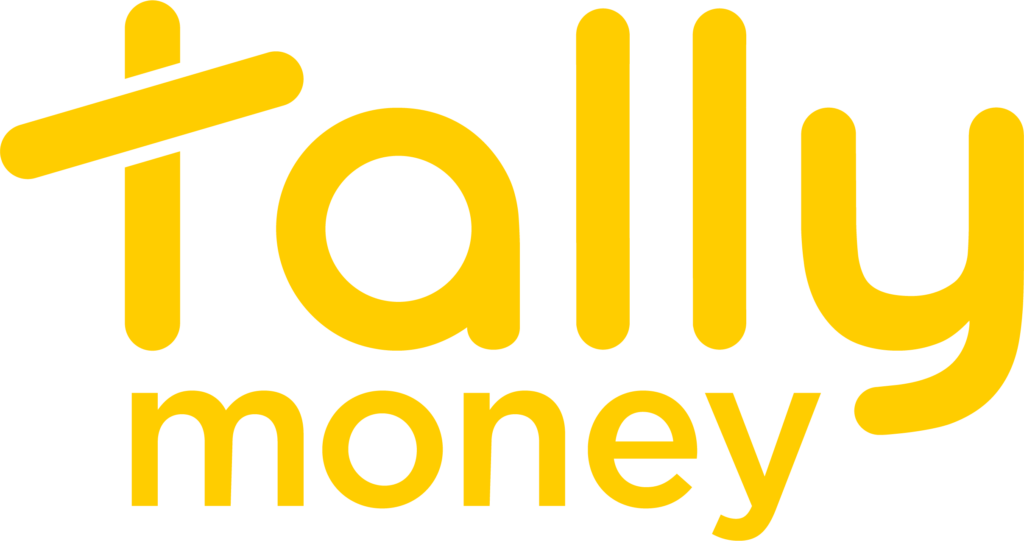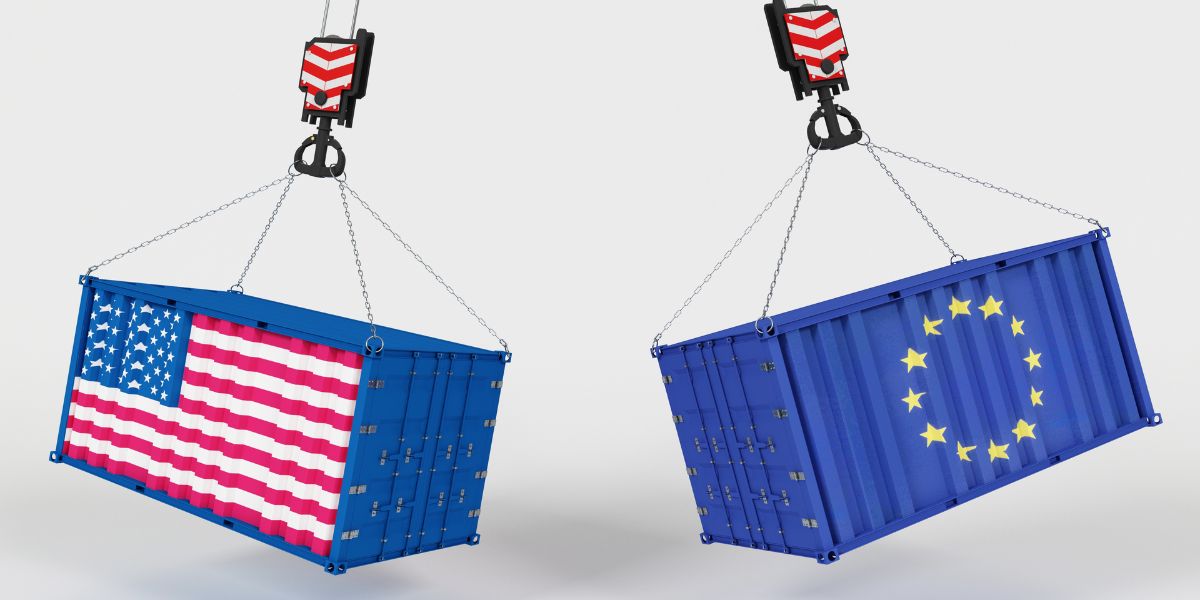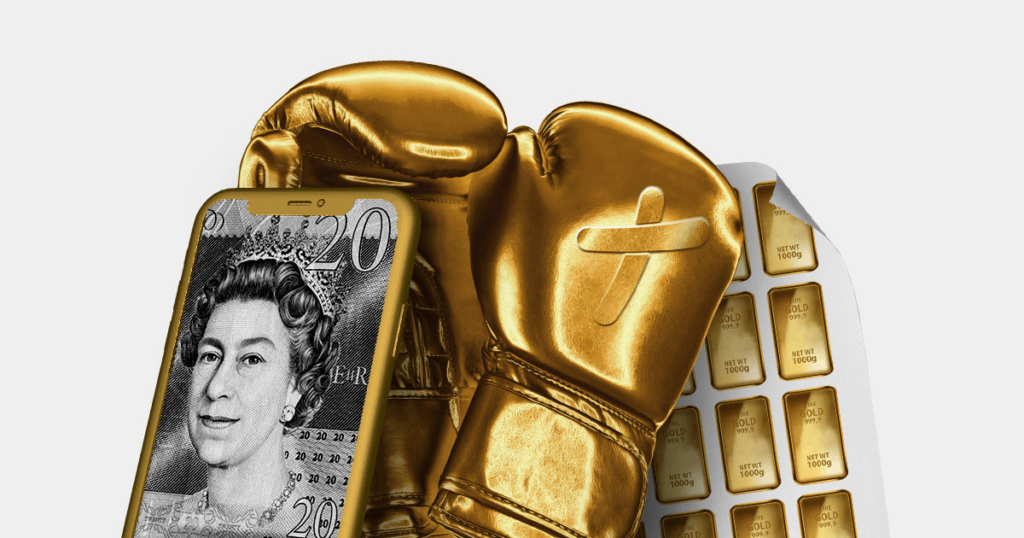In early May 2025, the UK US trade deal made headlines—not just for its contents, but for how quickly it came together. Brokered within months of President Trump’s return to office, the agreement signals a sharp pivot toward bilateralism and promises immediate economic benefits on both sides of the Atlantic.
This isn’t the drawn-out diplomacy of old. Instead, it’s a “framework deal” offering real-world tariff changes, market access shifts, and new quotas—with measurable impacts for British manufacturers and US farmers alike. It also comes at a moment when financial markets are skittish. Following Trump’s announcement of renewed tariff strategies on global imports, US equities wobbled. In contrast, gold once again served as a safe haven, with prices edging higher as investors sought stability over speculation .
That reaction isn’t new: during Trump’s first presidency, gold gained nearly 60% as trade war tensions spooked the markets and fuelled demand for asset-based security . As geopolitical trade dynamics shift once more, it’s no wonder many are looking beyond fiat and asking where real value lies.
So, what’s actually in this UK US trade deal—and why should you care? Let’s unpack the facts, and look at how it could reshape everything from factory jobs to your local supermarket shelf.
What’s in the UK US Trade Deal Framework?
Announced on 8 May 2025, the agreement sets out the building blocks of a larger trade pact, focusing on tariff changes, export quotas, and regulatory cooperation. It’s not yet a complete free trade agreement – but it contains tangible measures that take effect quickly and benefit key sectors.
Key components include:
- Lower US tariffs on UK automotive and steel exports
- Broader UK market access for US agricultural goods
- Structured quotas to manage food imports like beef and poultry
- Coordination on standards for goods and some digital services
President Trump described it as the “first of many” new bilateral trade arrangements the US is pursuing. For the UK, it offers much-needed relief for manufacturers affected by previous US tariffs and a new opening for transatlantic commerce.
UK Manufacturing Gets a Lift: Steel and Cars Face Fewer Barriers
One of the most immediately impactful elements is tariff relief. Under Trump’s earlier tariff framework, UK steel and automotive goods had been subject to 10% import duties – part of a wider US strategy to protect domestic industries.
This new deal removes or reduces those tariffs, creating breathing room for UK exporters to the US, especially in high-value manufacturing.
For example:
- British carmakers that ship to the US could now save millions annually in duties.
- Steel producers in Wales, the Midlands and the North benefit from improved access to a major overseas market.
Given the weight of these sectors in the UK’s regional economies, the deal is expected to stabilise some supply chains and provide a clearer outlook for jobs and operations.
What the UK Conceded: Opening the Door to More US Food Imports
In exchange, the UK has agreed to widen access to its food and agriculture markets for American producers. This includes:
- Increased quotas for beef, poultry, cereals, and grain-based goods
- Relaxed non-tariff barriers (such as labelling and processing requirements)
- Acceptance of a broader range of US-approved farming standards
This has drawn attention from UK farmers and food quality groups, who worry the move could pressure domestic producers. Practices like hormone use in beef or chlorine washing in poultry – common in the US but restricted in the UK – remain flashpoints.
However, government officials have confirmed that all US food imports will still be subject to UK safety standards, and imports will be limited by volume-based quotas and will not be allowed to flood the market unchecked.
Everyday Impact: Could This Affect What You See in Shops or Pay at the Till?
So, what about the real-world effects on households?
Export-side changes, such as lifting tariffs on British steel and vehicles, mainly affect manufacturers, not directly household spending. However, the influx of new US agricultural imports might subtly shift product ranges and pricing in supermarkets.
Shoppers could start to see:
- Greater availability of US-sourced cereals, beef and packaged foods
- Competitive pricing on certain items, driven by US bulk production advantages
- Continued transparency on food labelling, allowing consumers to choose based on origin
The effect won’t be immediate, but these shifts could increase consumer choice over time and reshape competition for UK-produced food products.
Trade Certainty for Businesses – and a Message to Markets
While many trade agreements are wrapped in dense legal text and diplomatic phrasing, this one sends a clear message to international markets: the UK is open for business, and the United States is ready to negotiate fast, bilateral deals under its renewed leadership.
Business groups on both sides of the Atlantic responded positively. For British exporters, the news brings a degree of certainty after months of unstable tariff schedules, particularly in sectors where margins are tight and planning cycles long. Labour leader Keir Starmer, echoing this pragmatic tone, welcomed the agreement for its potential to offer “renewal and security” to workers, businesses, and families. Industry analysts echoed this sentiment, noting that predictable trade terms could support investment decisions heading into the second half of the year.
The optics may be political, but the mechanism is practical: lower barriers mean less friction for goods, and better predictability means businesses can focus on production, not paperwork.
Beyond the Sectors: Why Trade Deals Still Matter to Individuals
It’s easy to see international trade only affecting corporations or government budgets. But trade policy reaches far deeper into everyday life, especially in areas like manufacturing, agriculture, food pricing, and employment.
When tariffs are reduced, exporters save money. That can translate into higher margins for UK businesses, more job security in export-heavy regions, and a ripple effect that helps support wages and local economies. Conversely, opening markets to more imports, like the food and agriculture concessions made in this deal, can impact domestic producers, while potentially giving consumers greater choice or lower prices.
This balance isn’t theoretical. It plays out every day in sectors like steel, where foreign competition can impact factory viability, and in farming, where new competition alters how producers price their goods or plan their harvests.
According to coverage from Bloomberg and Yahoo Finance, this particular deal was shaped around real commercial needs rather than ideological alignment. That’s why its effects – while not headline-grabbing – are likely to be felt steadily, in payrolls, product lines, and pricing sheets over the months ahead.
What Happens Next?
It’s important to remember that the deal, while agreed, is not yet in its final, ratified form. The “heads of terms” serve as a blueprint for the UK US trade deal. Implementation still requires legal processes, final documentation, and potential parliamentary review on the UK side, depending on how far-reaching the final agreement becomes.
Nonetheless, both governments have indicated that the core measures – especially around tariffs and import access – are set to take effect swiftly. For businesses and sectors affected, this gives a valuable window to recalibrate plans, re-establish US sales pipelines, or prepare for greater competition.
In parallel, other trade partners are watching closely. The European Union, for example, continues its own stalled trade talks with Washington. The speed at which the UK secured this arrangement may influence how other countries approach US negotiations under Trump’s administration – and by extension, the UK’s emerging position as an independent trade actor post-Brexit.
Economic Autonomy in a Shifting Trade Landscape
This deal raises broader questions about economic independence for those looking beyond the headlines. As new trade dynamics unfold globally, reliance on any one partner – be it the US, EU, or China – comes with risks and dependencies.
That’s why diversification and value preservation become more relevant for individuals thinking critically about how global events can affect their finances. Trade deals shape economies, but they also influence currency volatility, interest rates, and inflationary trends. Exposure to assets with long-term intrinsic value, like gold, is one way to build resilience.
TallyMoney, for example, allows savers to store their everyday money in physical gold, owned, accessible, and entirely outside the fiat banking system. It’s a modern solution rooted in a time-tested idea: stability comes from real, tangible value.
As trade frameworks shift and global politics evolve, having a savings tool tied not to policy but to precious metal provides a form of control in an increasingly interconnected and unpredictable financial world.
Understanding the UK US trade deal isn’t about picking sides. It’s about staying informed and prepared.








